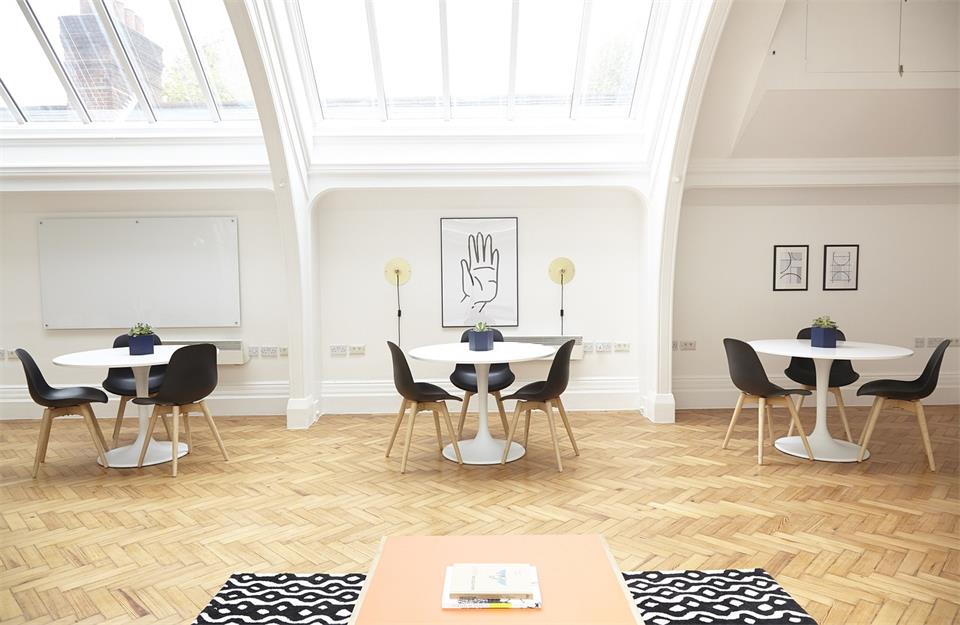Interior design is more than just choosing colors, fabrics, and furniture. It’s an art form that tells a story—a story of identity, history, and cultural heritage. In a world where modern trends can sometimes overshadow tradition, integrating cultural influences into home design is a way to preserve history while creating meaningful, timeless spaces.
The Deep Connection Between Culture and Design
Every culture carries a unique aesthetic that reflects its history, values, and way of life. From the intricate wood carvings of Scandinavia to the bold textiles of West Africa, interior design has always been deeply rooted in cultural heritage.
These elements are not merely decorative; they serve as a bridge between generations, preserving traditions that might otherwise be forgotten.
For centuries, artisans have passed down techniques and motifs that represent their people. Whether it’s Persian rugs, Moroccan zellige tiles, or Japanese shoji screens, these design elements hold a deeper significance than their visual appeal—they tell the story of a place and its people.
A Home That Tells Your Story
Incorporating cultural heritage into interior design isn’t about replicating a museum; it’s about creating a space that feels authentic and personal. Whether you have a direct connection to a particular culture or simply appreciate its artistry, bringing these elements into your home can add layers of meaning and depth.
One of the most effective ways to do this is through textiles. Persian rugs, for example, are not just floor coverings—they are woven narratives that date back thousands of years. Each rug carries a distinct pattern, color scheme, and knotting technique that reflects the traditions of the region where it was made.
High-quality handmade Persian rugs online can transform a space, adding warmth, history, and a sense of cultural richness that mass-produced décor simply cannot replicate.
The Power of Handmade Craftsmanship
Mass production has made interior design more accessible, but in the process, many traditional arts have been overlooked. Handmade pieces, on the other hand, carry a level of craftsmanship and uniqueness that machine-made goods lack.
When you incorporate handmade items into your home—whether it’s a handwoven rug, hand-painted ceramics, or a carved wooden table—you bring in the soul of the artist who created it.
Choosing artisanal, culturally significant pieces is also a way of supporting traditional crafts and ensuring they continue to thrive. Many of these art forms are at risk of disappearing due to globalization and industrialization, but by valuing and purchasing them, we help sustain them for future generations.
Blending Tradition with Modernity
Embracing cultural heritage in interior design doesn’t mean rejecting modernity. In fact, some of the most striking interiors are those that seamlessly blend old and new. A sleek, minimalist living room can be warmed up with an antique tribal rug. A contemporary kitchen can feel more grounded with handmade Moroccan tiles.
The key is balance. By thoughtfully integrating cultural elements—whether through textiles, patterns, or materials—you can create a home that feels both timeless and contemporary.
Cultural Sensitivity in Design
One important consideration when drawing from different cultures is ensuring authenticity and respect. Cultural appreciation differs from cultural appropriation—while it’s wonderful to be inspired by global traditions, it’s essential to understand their significance and give credit to their origins.
For example, many indigenous patterns carry specific meanings and are deeply tied to spiritual or ancestral practices. Using them in interior design should be done with knowledge and acknowledgment of their origins.
When in doubt, supporting artisans from the culture you’re drawing from is the best way to ensure your décor choices are both ethical and meaningful.
Why It Matters More Than Ever
In an era of rapid globalization, preserving cultural identity through design is more important than ever. Homes are deeply personal spaces, and the way we design them reflects who we are. By integrating cultural heritage into our interiors, we foster a greater appreciation for history, craftsmanship, and the stories that shape us.
At its core, interior design is about creating an environment that feels like home. And what better way to do that than by filling it with pieces that hold meaning, history, and a connection to something greater than ourselves?






